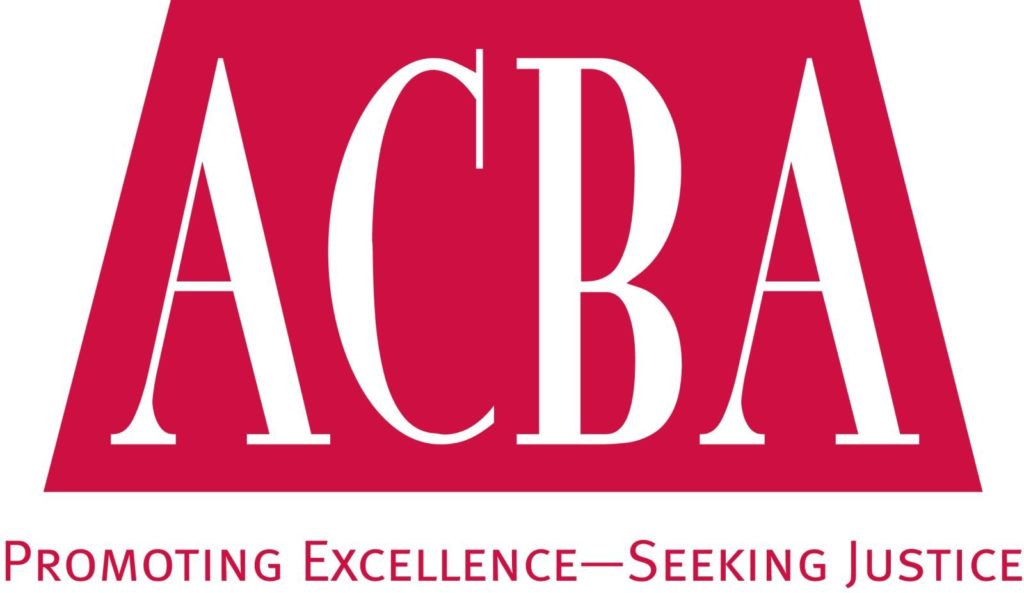 Form of Question: Direct Examination
Form of Question: Direct Examination
Form of the question objections are mostly based on California Evidence Code section 765 and Federal Rule of Evidence 611(a). These provisions give the trial judge overall control over the trial so as to maximize speedy ascertainment of the truth and minimize witness harassment. Specific form objections that may arise during any given examination are not easy to anticipate beforehand so it’s important to get a good intuitive grasp on all of them. As with most types of objections, remembering the purpose behind the rule will help you identify the problem and argue your objection effectively.
A good source for form objections with lots of examples is California Trial Objections (CEB 2013). Here are a few of the form objections that frequently occur during direct examination:
Leading Questions. Leading questions are those that directly suggest the desired answer to the witness. They may simply direct the witness to say “Yes”, e.g., “You were enraged, weren’t you?” or instead may contain such suggestive detail that the witness will merely incorporate it into his answer, e.g., “Tell us whether or not you were enraged when you saw the defendant with your wife?” The test is not whether or not the question can be answered “Yes” or “No.”
Per EC section 767 and FRE 611(c), it is generally improper to ask leading questions on direct or redirect examination; after all, the witness is supposed to be testifying, not the lawyer. In making her ruling, the judge will weigh how leading the question is vs. how important and in dispute the evidence is.
Even if it were permissible, it’s usually poor tactics to lead on direct; the witness’s credibility is enhanced when the testimony comes out in his own words. Asking questions that allow the witness to answer simply “Yes” or “No” weakens the message. To avoid impermissible leading questions, and to open up the witness, begin each question with Who, What, When, Where, How, Please describe, or Tell the jury…
When are leading questions appropriate? Leading questions may be asked of a witness on cross examination or re-cross examination. You may also ask leading questions on direct for preliminary matters, refreshing recollection, and examining hostile or (in California) expert witnesses. In addition, judges typically allow lawyers to lead in these situations: transitional questions, neutral background information, foundations, and when dealing with witnesses with memory, language, or mental problems.
On the other hand, the judge may prohibit asking leading questions on cross examination when the witness is obviously biased in favor of the cross examiner and would be particularly susceptible to questions that suggest the desired answer.
Narrative. A question that calls for a narrative response is just the opposite of the leading question. Instead of suggesting the answer to the witness, counsel is now asking a question likely to solicit a flood of information so uncontrolled that it’s impossible to know when objectionable material may come out.
Narrative questions often begin with a phrase like “Tell us everything…” Counsel’s attempt to let the witness tell her own story has the advantage of allowing the client to use her own words, to speak naturally, spontaneously, and believably. But it’s also an invitation for the witness to launch into a rambling monologue. The overall effect may be especially negative if the story comes out in a rapid, disjointed, confusing fashion.
A proper question is more specific, sufficiently directed to inform the witness and opposing counsel precisely what type of information is being solicited. The key is to maintain control of the witness while she tells the story in her own words. Use an open-ended question with a specific focus, usually by time, e.g., “What did he do next?” or in reference to a place or object, e.g., “What did you see on the north side of the intersection?”
Even if the question doesn’t call for a narrative, the witness may launch into one anyway. Don’t be afraid to politely interrupt the witness with an objection if you’re the opponent, or a gentle admonition if she’s your witness to guide her back on track–“Excuse me, let me ask you another question here…” If you’re the opponent and the answer hurts your case, you can make a motion to strike and/or ask the judge to admonish the witness to stick to the question asked.
Vague/General. Questions that are too vague or general, especially as to time, place, or person, run the risk of misleading or confusing the jury. Your #1 goal as a communicator is clarity. You must be understood by the witness and fact finder, which demands that your questions be specific. Ask simple questions, avoiding confusing pronouns. “What did they say?” is a vague question unless it is crystal clear who “they” are.
Assumes Fact not in Evidence. This common problem is difficult to recognize without practice. It is especially objectionable when the information assumed in the question is important and in dispute. The classic example: ²When did you stop beating your wife?² As with the other form objections, it’s better to avoid the problem by eliciting important facts clearly and distinctly. Slipping in important information by way of an impermissible question is either ineffectual, unethical or both.
Asked and Answered/Cumulative. Here the issue is efficiency. Counsel must weigh the desirability of repeating key information with its tendency to invite objection and the enmity of both judge and jury. This is one of the few objections jurors love to hear.
Next Issue. Next time I’ll tackle Hearsay.
Tim Hallahan is the director of the Stanford Law School Trial Advocacy Skills program, a national CLE speaker and in-house trainer, cofounder of The Hecht Training Group, a litigation skills training firm and a Judicial Education Attorney at the Administrative Office of the Courts.
